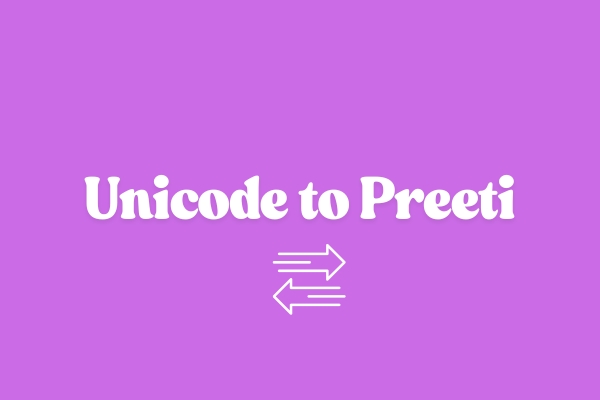Why Convert Unicode to Preeti?
Understand scenarios where conversion to the legacy Preeti font might be necessary.

Working with Legacy Systems
While Unicode is the modern standard, some older desktop publishing (DTP) software, specific printing presses, or legacy Nepali document archives may still require text in the Preeti font encoding.
This converter allows you to take modern Unicode Nepali text and transform it into the Preeti format for compatibility with such systems.
- Prepare text for old DTP applications.
- Ensure compatibility with specific legacy workflows.
- Work with existing Preeti-based document templates.